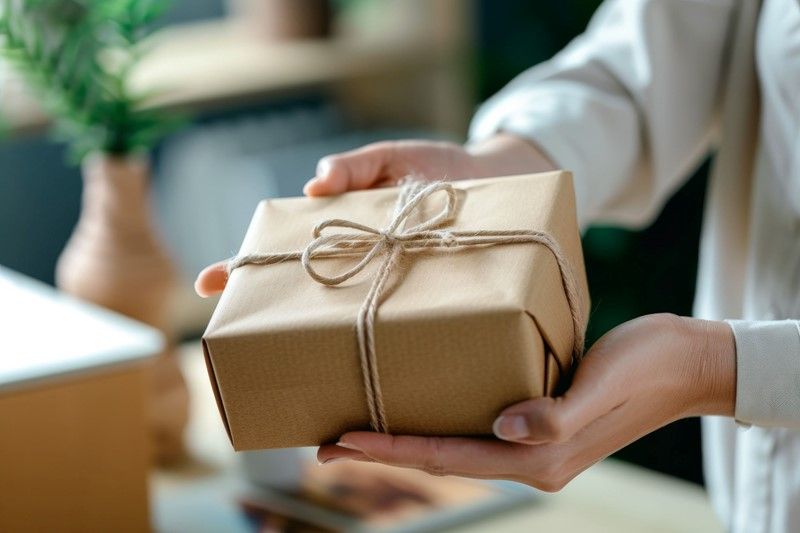Checking your tax code for 2025-26
Do you know what your 2025–26 tax code means? It affects how much tax is taken from your pay or pension. Check now to make sure you're on the right code and not overpaying! Here's what the letters and numbers really mean.
You can find your tax code:
- by checking your tax code for the current year online – you’ll need to sign in to or create an online account
- on the HMRC app
- on your payslip
- on a ‘Tax Code Notice’ letter from HMRC if you get one
The tax codes are updated annually. The basic personal allowance for the 2025-26 tax year is £12,570. The corresponding tax code for an employee entitled to the standard tax-free Personal Allowance 1257L. This is the most common tax code and is used for most people with one job and no untaxed income, unpaid tax or taxable benefits (for example a company car).
There are a lot of other numbers and letters that can appear in your tax code. For example, there are letters that show where an employee is claiming the marriage allowance (M) or where their income or pension is taxed using the Scottish rates (S). If your tax code numbers are changed this usually means your personal allowance has been reduced.
There are also emergency tax codes (W1 or M1) which can be used if a new employee doesn’t have a P45. These codes mean that an employee’s tax calculation is based only on what they are paid in the current pay period.
If your tax code has a 'K' at the beginning this means that deductions due for company benefits, state pension or tax owed from previous years are greater than your personal allowance. However, the tax deduction for each pay period can’t be more than half your pre-tax pay or pension.
It is important to check your 2025-26 tax code to ensure the correct information is being used.




